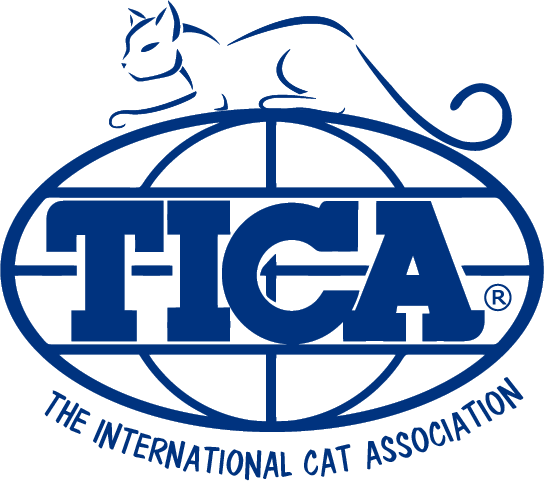According to research by a team of veterinarians at the University of California, Davis, School of Veterinary Medicine, a new drug intended to treat heart disease in cats may also hold potential in treating humans.
Affecting one in seven cats and one in 500 humans, hypertrophic cardiomyopathy (HCM) is the most common form of feline heart disease. The illness results in thickening of the ventricle walls and can lead to blood clots, congestive heart failure and sudden death. In humans, HCM is a frequent cause of abrupt cardiac death that can even strike seemingly healthy young athletes.
The novel drug, MYK-461, proved effective in altering feline heart function in a study of five cats with a naturally occurring form of inherited HCM. In all five, the drug eliminated left-ventricle obstruction. This means that the novel drug may help keep excessive growth of the heart’s walls at bay – without surgery or interventional procedures. A paper describing the work was published in the Dec. 14 Journal PLOS ONE.
As of now, the treatment only serves to address symptoms of HCM, not the causes or progression, though the scientists noted that the same drug had similar results when used on mice. The hope is that with improved heart function, cats with HCM may enjoy a longer lifespan and high quality of life during that time.
The study illustrates the value of companion animals as models of human disease in translational studies, conclude the authors, and may lead to a new treatment for HCM in both species. “There has been little to no progress in advancing the treatment of HCM in humans or animals for years,” said Associate Professor Joshua Stern, chief of the Cardiology Service at the UC Davis veterinary hospital. “This study brings new hope for cats and people.”
With this proof of concept that the drug is viable for use in cats, UC Davis hopes to lead a clinical trial in the near future. If conducted, the trial could determine if MYK-461 or a related compound has the potential to become the accepted protocol for care of cats with HCM. It also promises advances in HCM treatment for humans, making Stern’s research a great example of comparative medicine.




